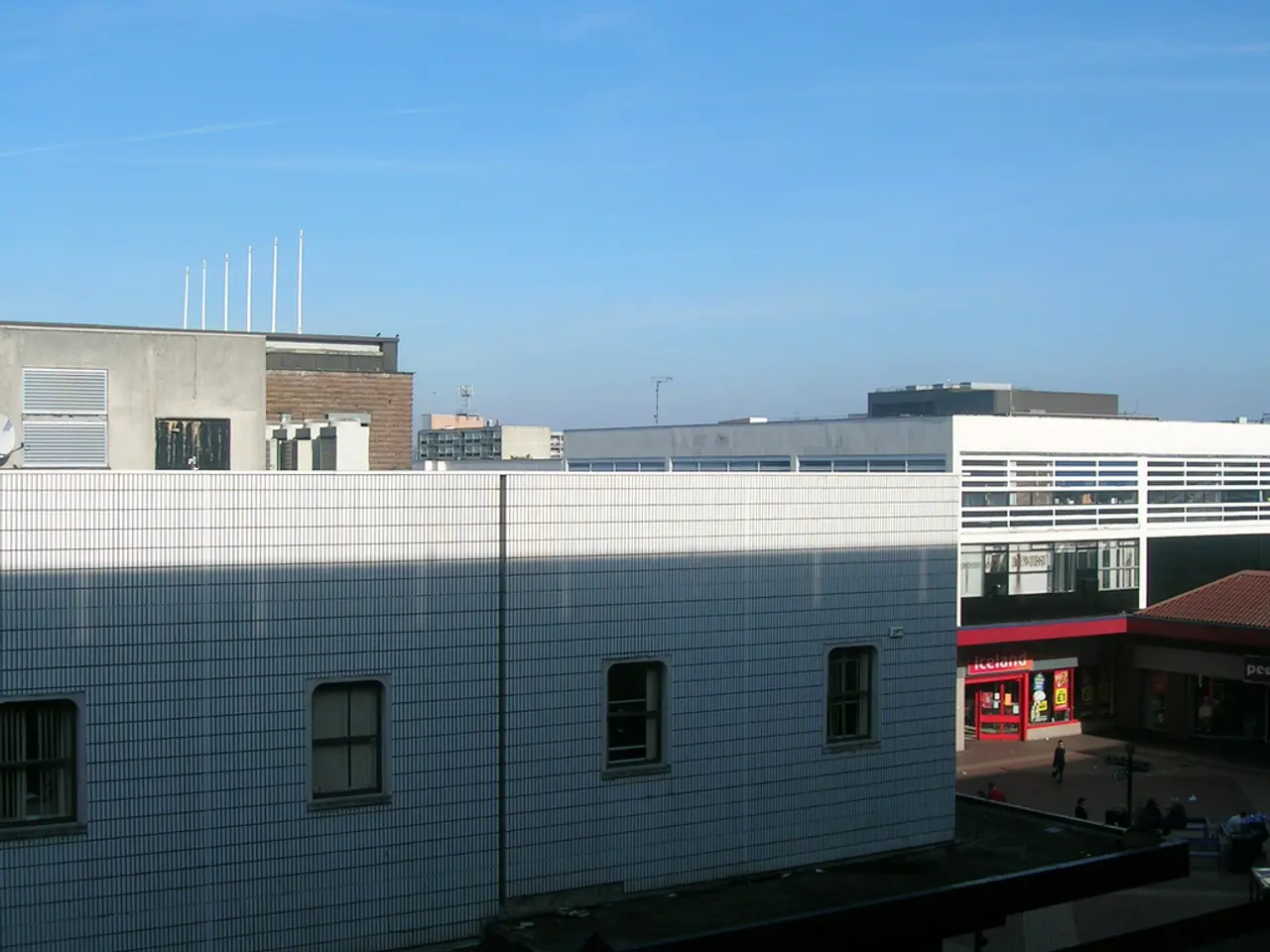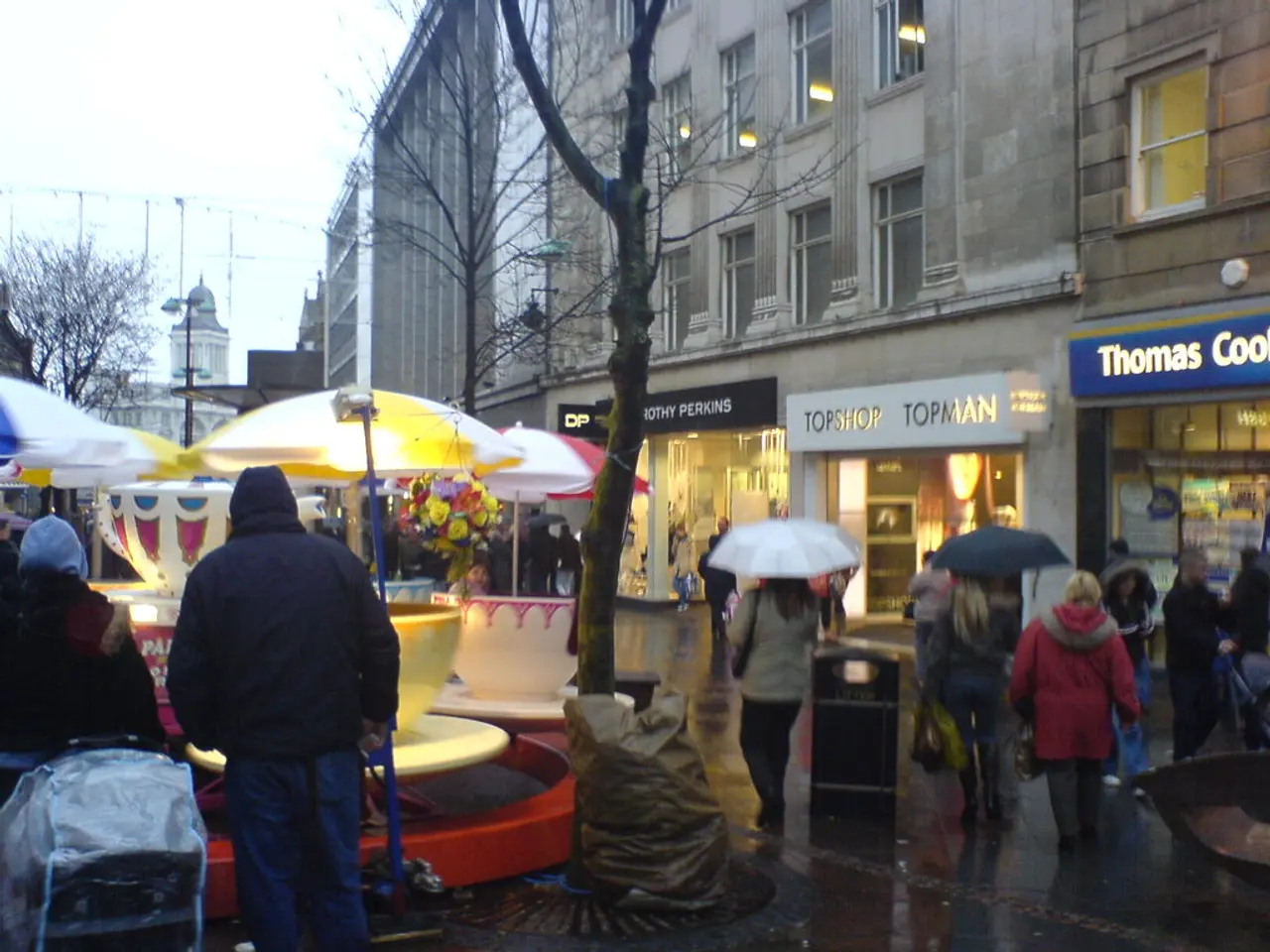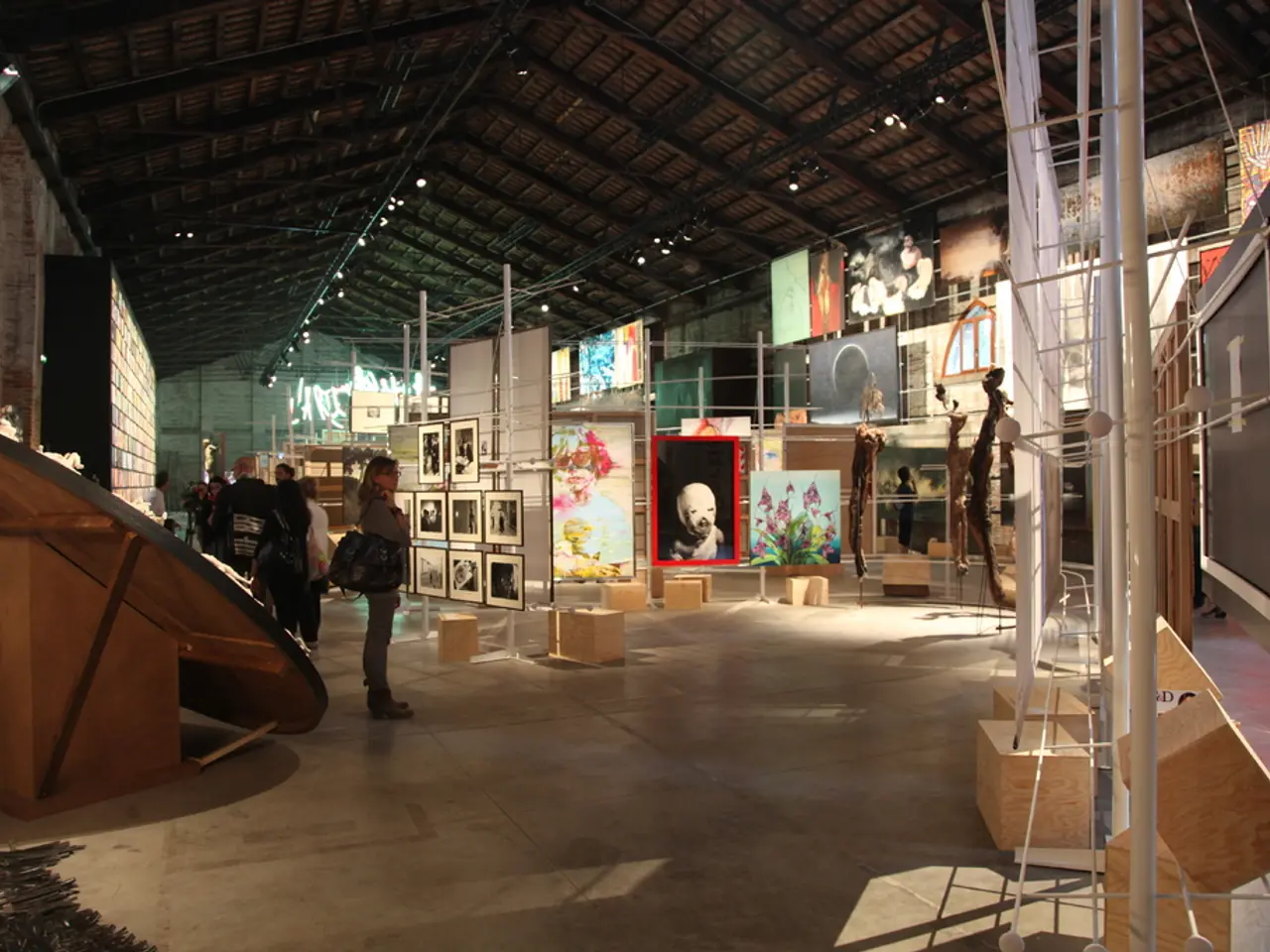Communal Living: Economizing, Collaborating, Nurturing
Coliving, a modern housing concept that has evolved from traditional communal living arrangements, is rapidly gaining popularity worldwide. This innovative solution to contemporary urban challenges fosters community, affordability, and convenience, catering to diverse demographic needs.
The Evolution of Coliving
The modern coliving movement gained momentum in the early 21st century, driven by rising urbanization, housing shortages, and shifts in lifestyle preferences. Historically, coliving-like arrangements existed in various forms such as communal households, cooperative living, and even dormitories. However, the formalized urban housing concept that we know today began to take shape in recent years.
With the rise of digital nomads, remote workers, and young professionals seeking affordable and community-oriented urban living, coliving spaces have proliferated globally. Today, these spaces are designed to rebuild the social fabric often lost in densely populated cities by creating intentional community environments.
Demographics Served by Coliving
Coliving spaces cater to a wide range of demographics:
- Young professionals and students find coliving an affordable and flexible alternative to solo renting.
- Digital nomads and remote workers benefit from integrated coworking spaces and community.
- Migrants and newcomers to cities can overcome social isolation via curated social activities.
- Older adults and retirees can find multigenerational or senior-focused communal living for mutual support.
- Working-class or low-income groups can access affordable housing through cooperative models aligned with social value and sustainability goals.
The Future of Coliving
The coliving sector is still evolving, with increasing unit sizes, better design, and more inclusive formats emerging as the model matures toward parity with traditional multi-family housing. Operators now emphasize not just physical space but engineered community through full-time community managers and intentional programming.
Notable Coliving Operators
Examples of coliving operators include 9Floor Space (Taiwan), Coho (India), Mokrin House (Serbia), Sun and Co (Spain), Cohabs (Belgium), Second House (Long Island), and Swiss Escape (Switzerland).
Coliving in the Context of Urban Life
Coliving spaces are found in urban neighborhoods, providing an instant community, particularly beneficial for those moving to a new city or country. They offer flexibility, as many operators allow short-term stays and provide furnished rooms.
Eco-Village Models in Coliving
Eco-village models in coliving focus on self-sustainability, using renewable energy sources, and growing food locally. Participatory processes are used in designing these models.
A Look Back at the History of Coliving
The concept of communal spaces was interrupted during the industrial revolution, as privacy and private ownership became more valued. However, human history includes instances of community living, with mobile camps used by hunter-gatherers to share resources. In the Middle Ages, kitchens and other shared spaces were common in towns and among tenants.
The Importance of Self-Awareness and Alone Time
Self-awareness is important when living in a coliving space to respect the needs of others. It's crucial to prioritize alone time in a coliving environment.
In summary, coliving has evolved from communal and cooperative living traditions into a formalized urban housing concept that actively addresses contemporary needs like affordability, social connection, and flexible living arrangements, adapting its offer to suit varied demographics across age, profession, and socio-economic status.
- Some coliving spaces, in an effort to create eco-friendly environments, are adopting eco-village models that emphasize self-sustainability and local production, similar to the home-and-garden lifestyle of persistent community living.
- For individuals looking to lead a lifestyle compatible with eco-village coliving arrangements, these spaces offer not only sustainable housing solutions but also a home-and-garden environment integrated with their urban living experience.




